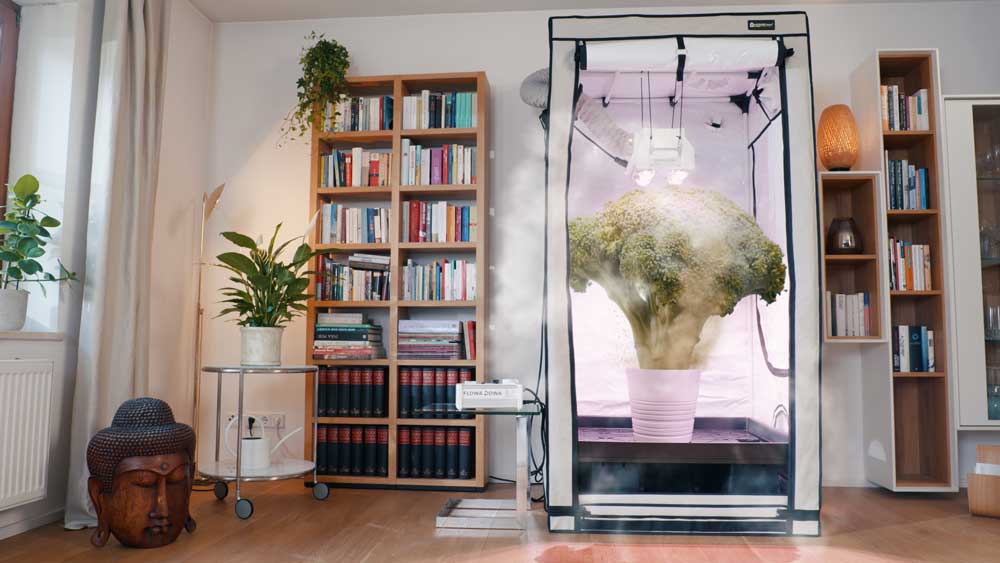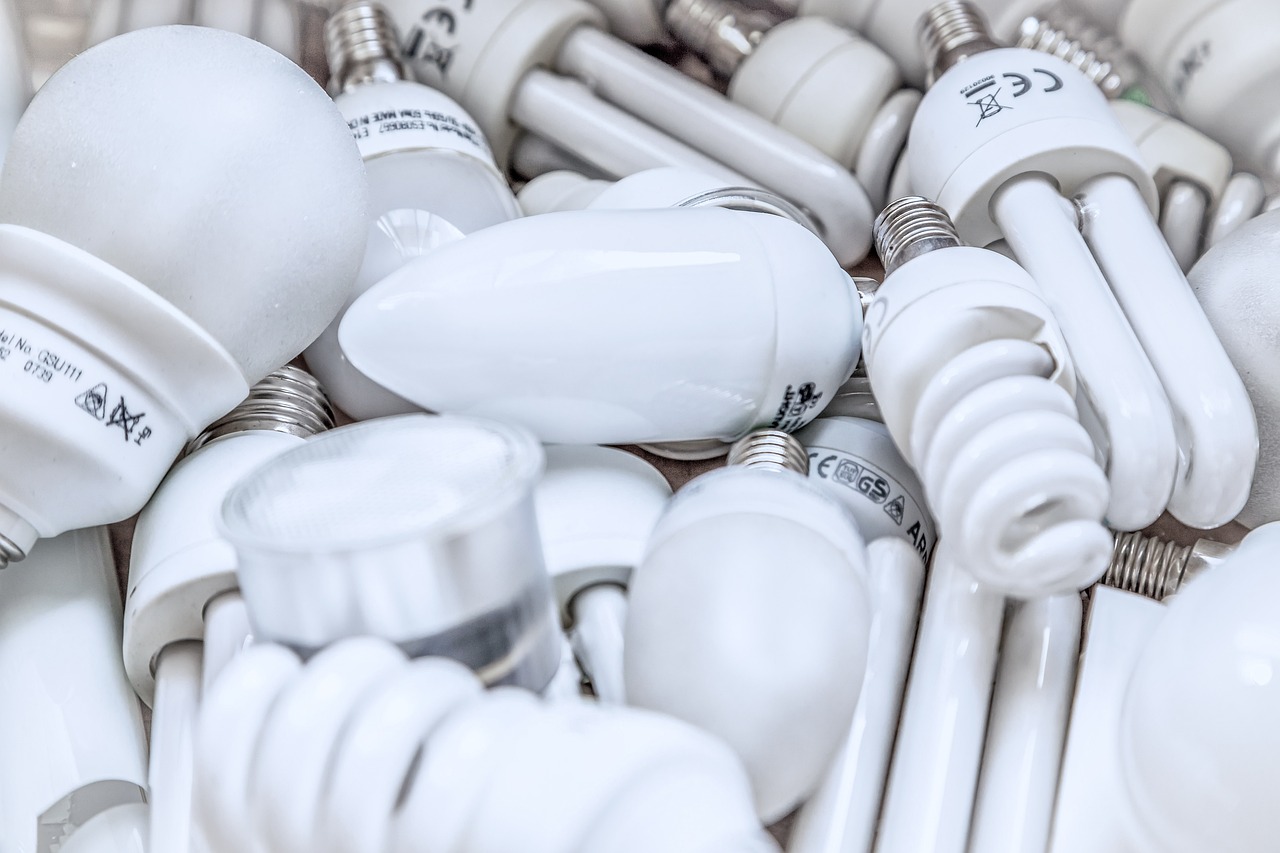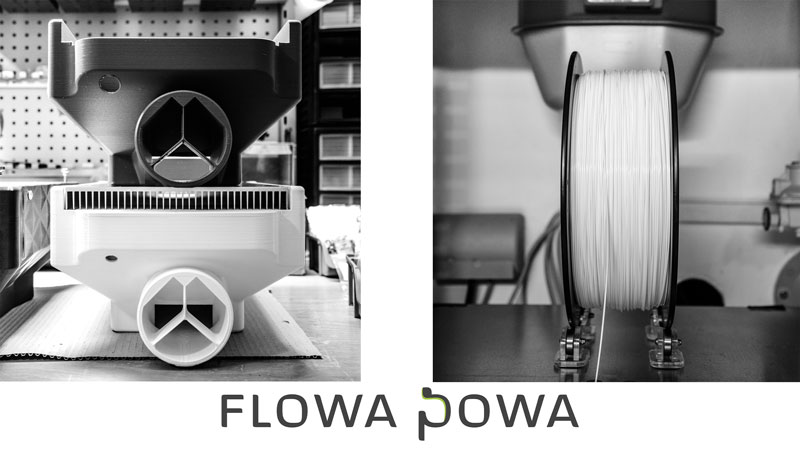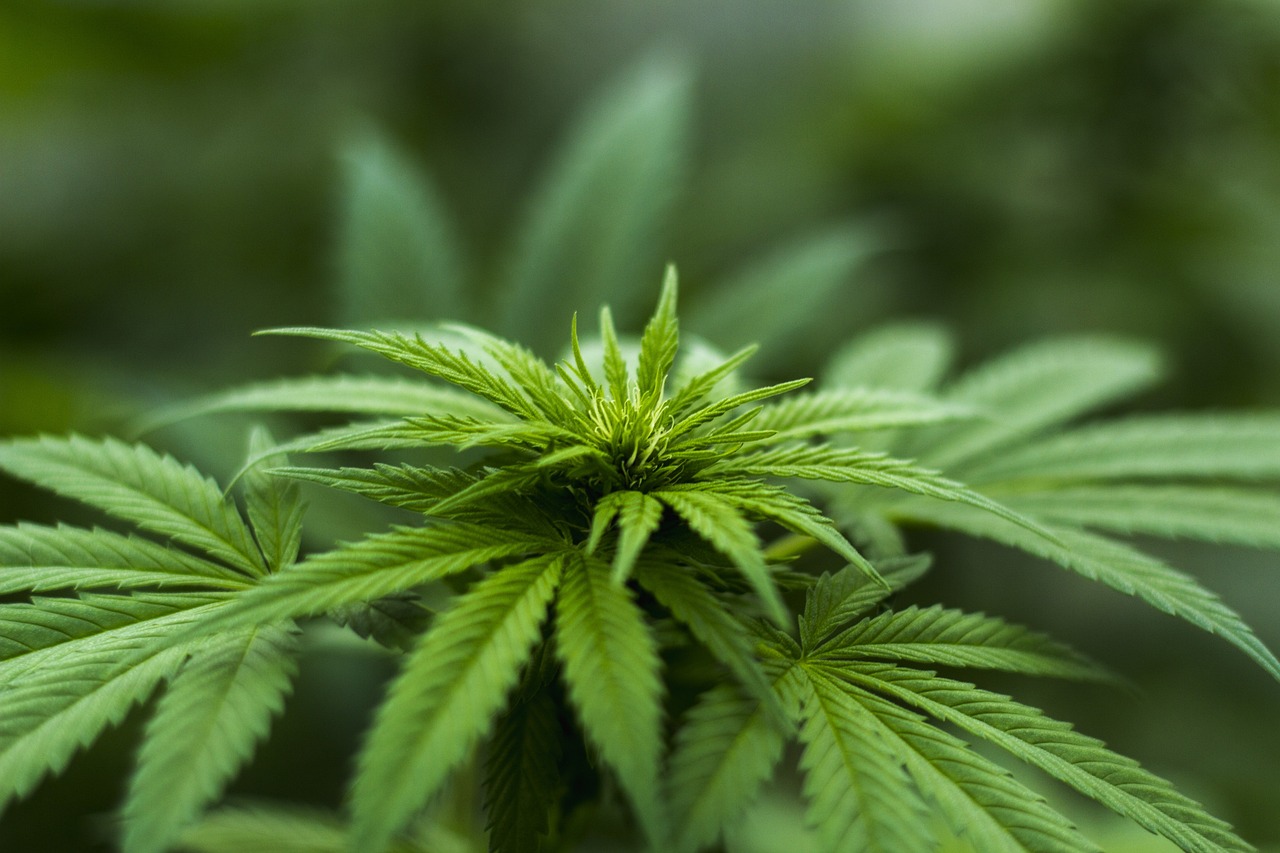Top 9 LED grow light features to consider in 2023
LED grow lights are a great source of influencing plants or flowering growth where direct sunlight is either insufficient or unavailable for plants due to extreme weather.
LED grow lamps are a cost-effective and energy-efficient method to grow plants at home with ease. They aid in the photosynthesis process of plants just like the way natural light does. However, there are some top features to keep in mind for buying the best full spectrum LED lights light to nourish your plants.
This article will throw light on this aspect as well as will focus on some useful tips and tricks in this regard so that you can buy the best LED grow lights with confidence. So, let’s get started.
9 Features to Consider for Choosing LED Grow Lights:
Whether you are looking for the best indoor grow lights or the best grow lights for seedlings, or otherwise; you must consider the following features so that you can make a wise choice.
Connect with other growers on Telegram!
-
Feature 1 – Durability:
Durability is an important factor to consider. Durable light bulbs can last for at least a decade and you can nurture your plants with ease. LED grow lamps present a cutting-edge solution for biology greenhouses and have gained great prominence to grow indoor plants. Moreover, also look at the amount of heat produced by your chosen LED grow lights. If they produce too much heat it indicates that they are not constructed well and have substandard quality.
-
Feature 2 – Brand reputation:
Though it is always good to consider your budget when choosing LED grow lights, brand reputation is also essential. Many different brands exist in the market today and it becomes daunting to search for the best one. However, a good tip in this regard is to choose a brand with a good reputation. Brands that have a good reputation produce quality products and are good to consider.
-
Feature 3 – Output and Consumption of Electricity:
Plants need at least 10-12 hours of light for their optimal growth. Your grow light must be capable to operate these many hours which in turn will lead to higher electricity bills. However, if you make an informed choice and read detailed product descriptions listed on the product; they can save you from future troubles. Check the number of units that sum up for the output and never settle anything less than 300W, respectively.
-
Feature 4 – Low Heat Output:
This is another great feature to consider when choosing LED grow lamps for your plants. Well-balanced low heat output LED grow lights are perfect to choose.
More heat will cause damage to the plants whereas less heat will undermine plants’ growth. Therefore, choose wisely and give due importance to plant protection.
-
Feature 5 – Quality of the Semiconductor Chip:
The quality of the semiconductor chip is also an essential factor to consider. The semiconductor chip plays a pivotal role in converting electricity into visible light. If other parts of the grow lights are made from the finest quality materials and the semiconductor chip is of inferior quality; buying the product will then be useless. It is recommended to buy an LED grow light with a chip of at least 3 watts for sufficient illumination.
-
Feature 6 – Growing Space:
Space availability lets you know the amount and size of hydroponic lights you need. For small indoor plants; you won’t require plenty of lights. However, for large greenhouses; you will need to have several units. A surface area calculation will be of great help in this regard. A good tip is to choose plenty of lights for an extensive surface area so that every plant can get sufficient light.
-
Feature 7 – Consider Specific Plant Needs:
Consider specific plant needs and do extensive research in this regard. The lighting you choose must be suitable for all plants alike. If it is too sharp it might damage smaller plants whereas if it is too less it might interrupt plants’ growth that are kept at a distance from the light. Make sure that your chosen grow light system adheres to the plants’ specific needs.
-
Feature 8 – Flexibility:
At times you need to fix your grow lamps as per the plants’ growth stage and position. A flexible LED grow lamp will let you fine-tune it as per your plants’ needs and provide you convenience in doing so. Look for flexible LED grow lights to ease up your work and worry less. Also, check whether your chosen light is easy to maintain or not. Moreover, it is good to buy a light whose light intensity and wavelength can be easily adjusted.
-
Feature 9 – Return and Warranty:
Most LED grow lights have at least a decade-long warranty. However, if your chosen light offers a less life warranty; it is a sign of a low-quality product.
Be wary of the warranty to avoid any trouble. A few parts of LED grow lights also function independently and most manufacturers provide a free return shipment policy to facilitate the customers. Moreover, they provide a guarantee on those parts of light, and if you are waiting for a spare part; it can still do its job.
Valuable Tips for Buying the Best LED Grow Lights:
We have piled up some useful tips for you so that you can buy your LED grow lights without any worry.
-
Consider the PAR to obtain the best results.
PAR refers to Photosynthetically Active Radiation. It is the amount of light that plants need in their photosynthesis process. The PAR values can differ depending upon the manufacturer. However, LED grow lights with well-distributed PAR are the wisest choice.
-
Ensure that your LED grow lights have an efficient cooling system.
When LED lights are overheated, they become dysfunctional and can die sooner. Therefore, it is essential to look for whether your LED lights are energy-efficient and have an optimal cooling system. If you use the LED lights for 15 hours or more, they become overheated and can also harm your plants. The area at the back of LED lights must have a heat sink. The heat sink helps to move the heat away and maintain the health of plants.








